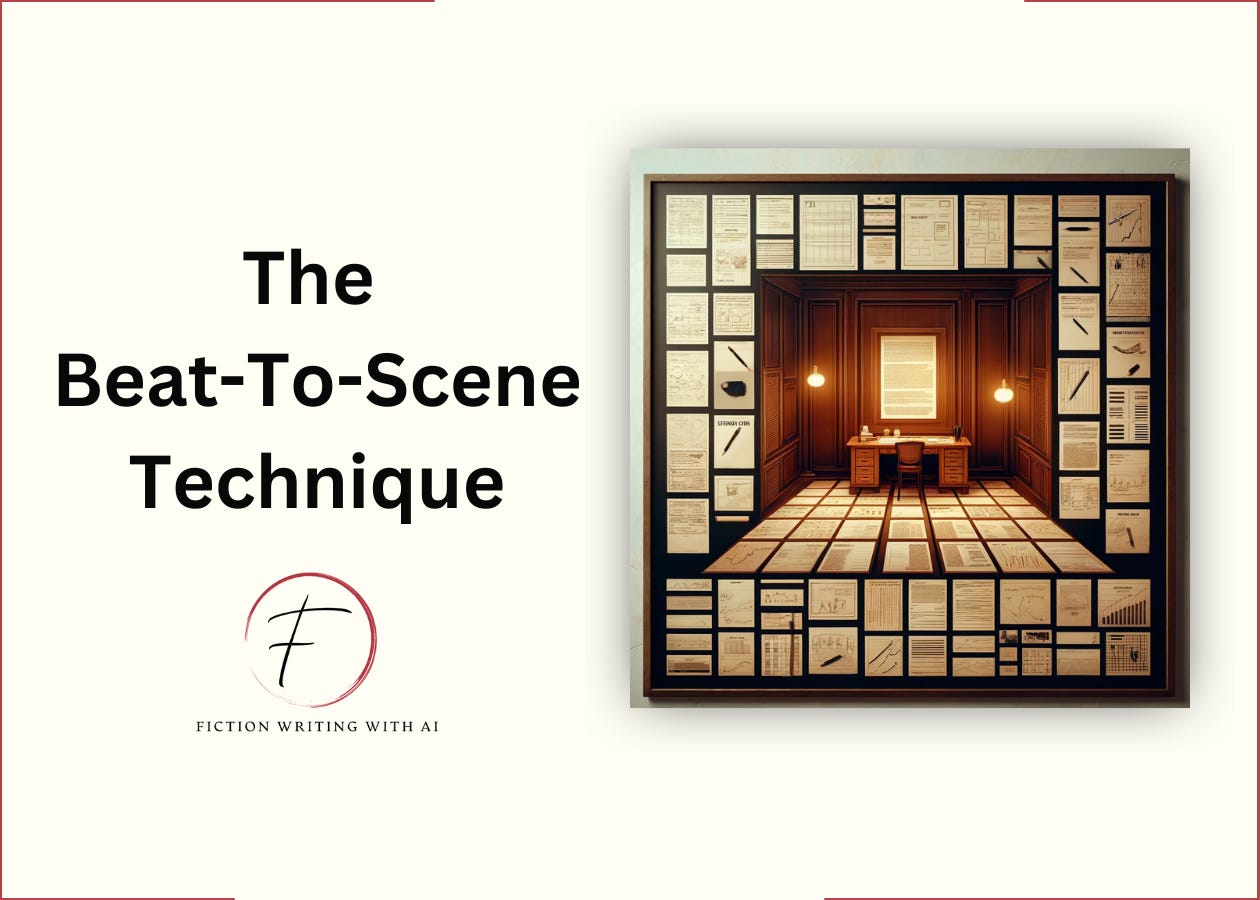Hey there!
Welcome back to the Zero to Book series!
In our last post, we turned your 15 Save The Cat story beats into a cast of characters using the Marcel Proust questionnaire.
Now, it's time to break your story into a scene-by-scene outline to help you plan your plot.
But what exactly is a scene? And how do scenes relate to your 15 beats? And what about chapters?
Let’s dive in.
Beats, Scenes, Sequences, & Chapters
Scenes are the building blocks of your story.
They're where the action happens, where characters interact, and where conflict arises and falls. Each scene moves your plot forward and reveals something new about your characters or the world they inhabit.
In the context of the 15 Save the Cat beats, each beat represents a major plot point or emotional shift in the story. But within each beat, there will be multiple scenes that work together to bring that plot point to life.
Let's look at the “Debate” beat in Harry Potter.
When Harry receives his Hogwarts letter, he must decide whether or not to leave his ordinary Muggle life behind.
And in this beat, there are several scenes:
The letters arriving at the Dursleys' house
Uncle Vernon trying to prevent Harry from reading the letters
Hagrid hand-delivering a letter and telling Harry the truth about his identity
Each of these scenes serves a specific purpose in moving the plot forward and revealing key information about the characters and the wizarding world that culminates in Harry's decision to go to Hogwarts.
Together, they form what’s called a “sequence.”
Sequences are simply a series of related scenes that are connected by a common narrative thread or emotional arc. In the example above, the sequence revolves around Harry receiving his Hogwarts letter and the ensuing conflict with the Dursleys.
Which bring us to Chapters.
Chapters, on the other hand, are an organizational tool that writers use to structure their story. A chapter can contain a single scene, or it might include multiple scenes and sequences. The end of a chapter often signals a shift in location, time, or point of view, or a moment of heightened suspense or emotion that makes the reader want to keep turning the pages.
To recap:
Beats are the key plot points that drive your story. Scenes are the individual units of action, sequences are collections of related scenes, and chapters are an organizational structure that contains scenes and sequences.
As you break down your 15 beats into scenes, each beat will likely involve multiple scenes and potentially multiple sequences. Your job is to identify the key moments within each beat and flesh them out into fully realized scenes that move your story forward.
But don't worry if this feels overwhelming at first.
Because we are going to use AI to generate scenes so you can quickly build out a detailed scene outline that will serve as your roadmap through the writing process. (We’ll worry about chapters and sequencing later.)
The Beat-To-Scene Breakdown Technique
Here's how it works:
Keep reading with a 7-day free trial
Subscribe to Fiction Writing With AI to keep reading this post and get 7 days of free access to the full post archives.




